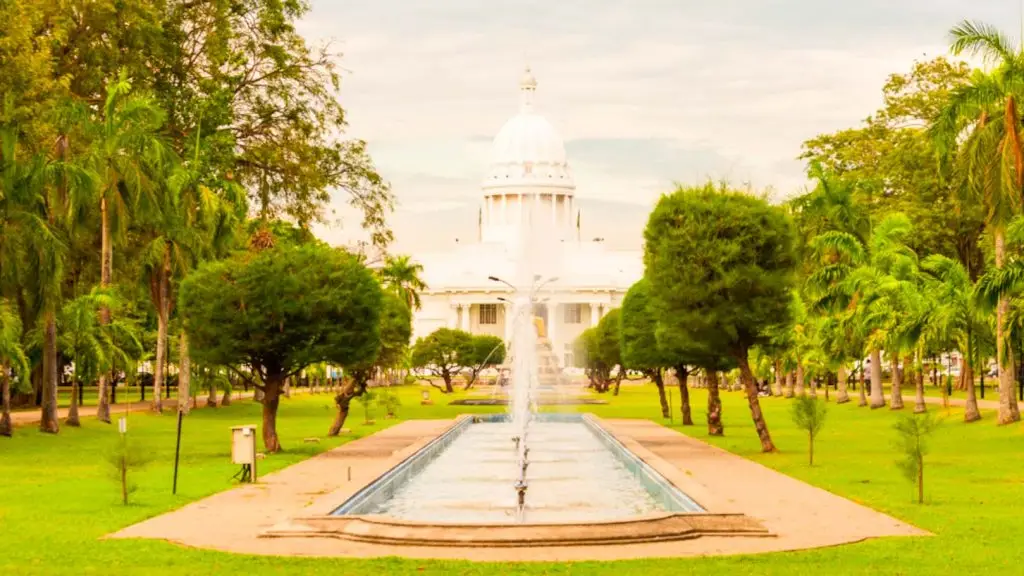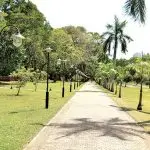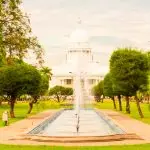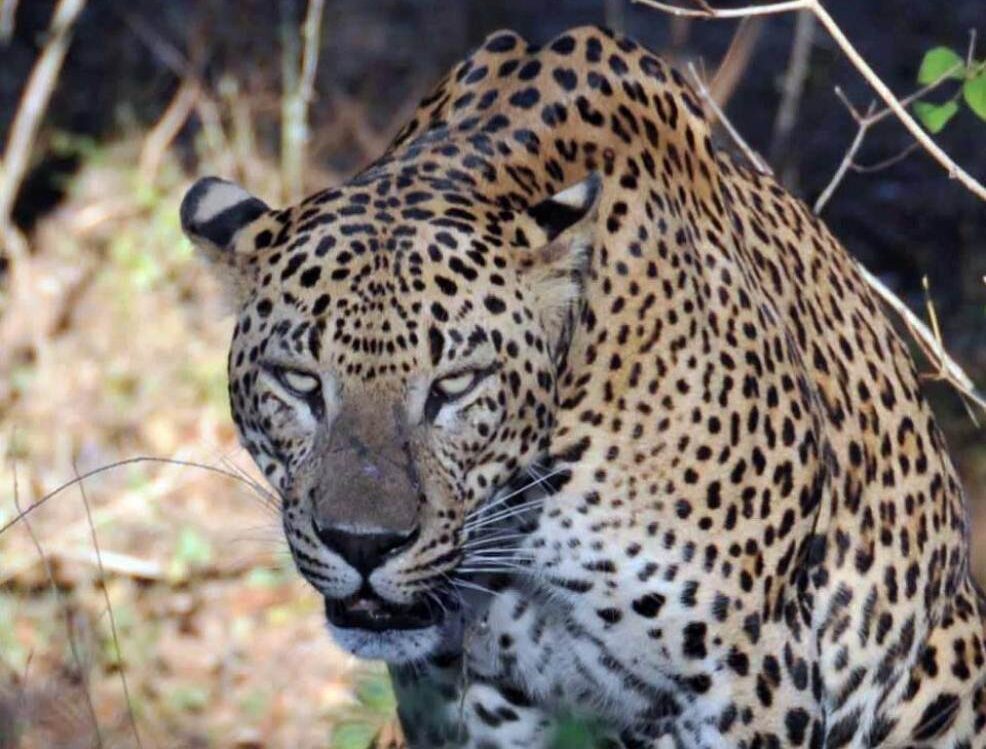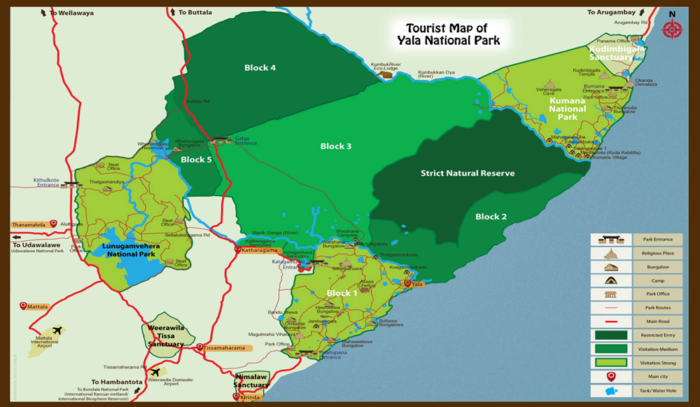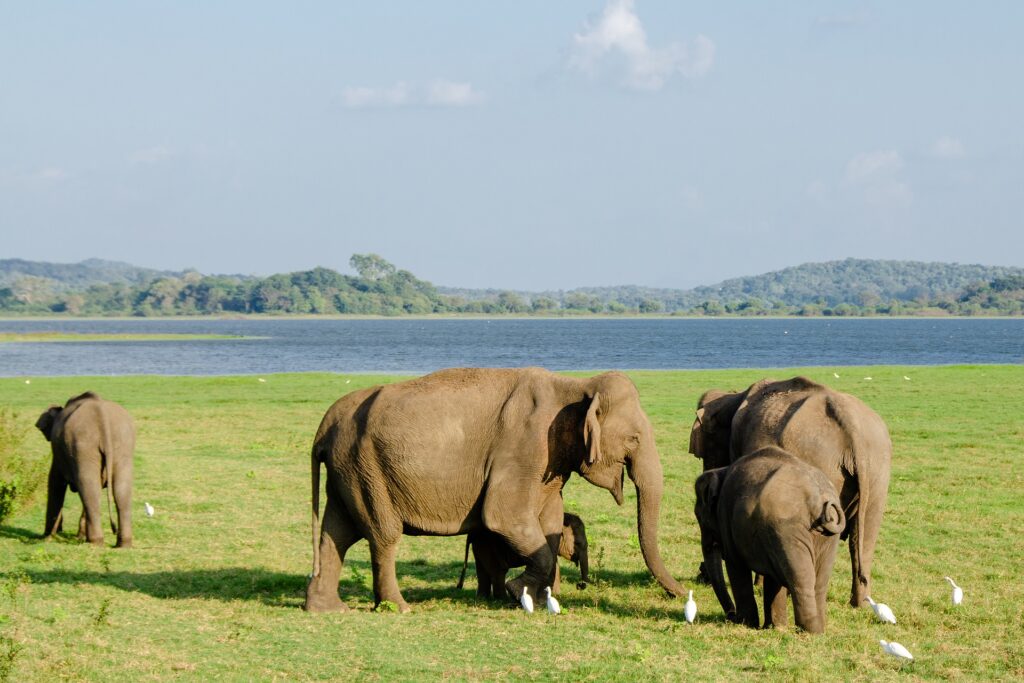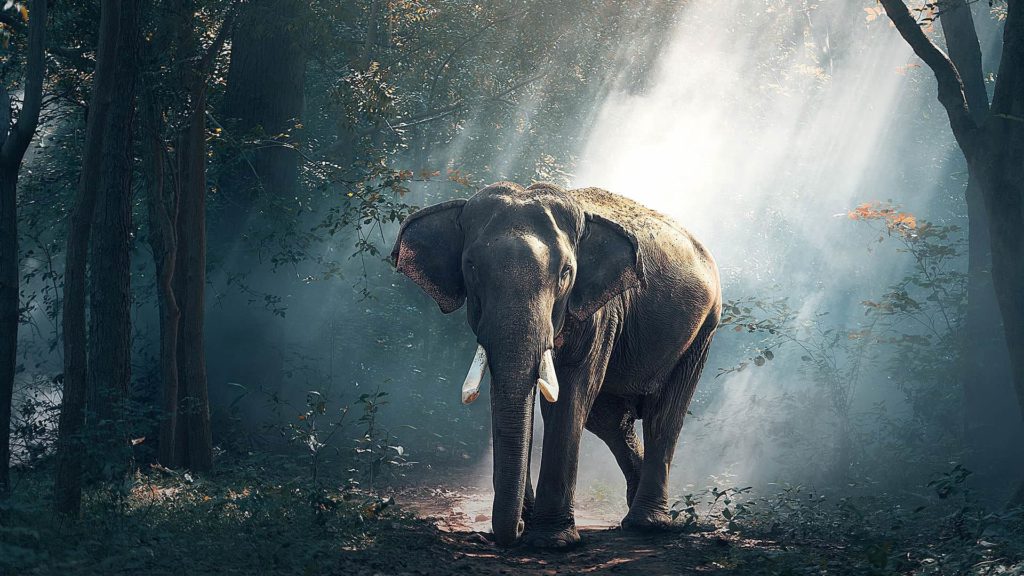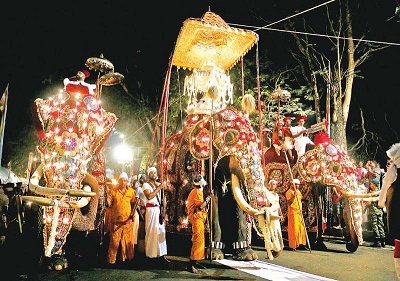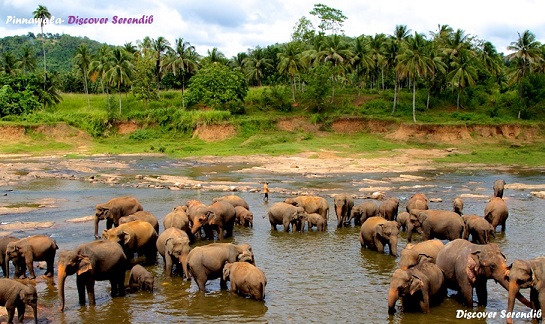A park in the middle of a City
The Park formally known as Victoria Park, is said to be the oldest and largest park situated in Colombo being reason for the lush greenery amidst a concrete jungle. The part is situated in Cinnamon Gardens, Colombo 7 once known for the lush spices and cinnamon during the colonial times however now the name remains as the only evidence of such spices in the area.
After the independence, the park was open to the public but thereafter gradually the maintenance of the park declines over time making it a neglected and forgotten zone after the 90s. However, with the 23rd Commonwealth Head of Government meeting that was hosted in Colombo in the 2013, the government decided to spruce up the city revamping the looks of this splendid garden to how it currently is.
At present the park is well maintained and preserved with walkways, Paved paths, light post to illuminate it during the nights, upgrades to the suspension bridge and the pond beneath, a brand-new kids play zone and so much more. For those young enthusiastic couples, the parks is a go to place for gentle dalliances which is not encouraged in the open public being part of the Sri Lankan culture. Whether it’s with families, friends, or even kids, this park is packed with interests for all ages.
Brief History and the name Vihara Mahadevi
The park dates back to 1866 during the British Colonial times when the park was created as a place for recreational activities for residents of Colombo named after HRH Queen Victoria as Victoria Gardens. The park was also used as a ground for Cricket Tournaments after which during the World war II, it proudly hosted the 17 brigade of the British and the Australian army.
Post-independence, in 1951, the park was restored and opened to the general public under the Colombo Municipal Council. 5 years later, the park was renamed after an ancient Historical Queen of Sri Lanka as Vihara Mahadevi Park. The Queen was known to have cast adrift from the shores of Colombo by her father as a sacrifice for his royal blunder and drifted to coincidentally reach southern coast of Sri Lanka (ancient Ruhuna). Here she was accepted as a valorous Princess and married to the King Kavan Thissa, union of which brought the great king Dutugamunu.
At present, the park is at its best with the no fences which makes the park accessible from around. Some of the major attractions that the park boasts of is its rich canopy from the exotic trees that tower the park along with salient tropical plants, lawns and ferns.
Things to do at Viharamahadevi Park
- Blossoms and Blooms – the kaleidoscopic flowers add to its attraction no lesser.
- A saunter in the Walkways- the walkways that meander through the tall trees, bushes and beautiful landscape will refresh you.
- Early Morning Bike riding though the pathways to enjoy some fresh breeze.
- Series of water fountains – that spray plumes of water few metres into the air.
- Gigantic Golden Buddha Statue- At the entrance is a large golden Buddha Statue in meditating position surrounded by lotus pond.
- The bridge and the Lake- is a beautiful place for some unique clicks and to sit around the lake to enjoy some chirping birds.
- The War Memorial – In memory of the militants killed during the World War I and II with the names engraved on the memorial wall.
- Rock Aquarium- A mini aquarium holding lobsters, different fish and turtles as well.
- Kids pony rides- to gallop around the parks excitements
- Enjoy a picnic- with family, friends, children or even perch onto a corner with suitable shade for some reading.
- Kids to the play area- The large Kids area equipped with slides, burrows, hill pathways to roll over, playhouses and so much more to keep them occupied.
- Food stalls- on the way you will find stalls with pickles, boiled chickpeas, Cotton Candy, ice cream and so many other treats.
Times to visit
As long as the suns is shining and the weather is fine with no rain, the park awaits its audience. Since its hard to predict the rains with the changing weather conditions, its advisable to have a look at the weather forecast unless otherwise you wish to enjoy the rain. Viharamahadevi Park is open to the public 24 / 7. While the park soaks in the sunshine during the day, the nights are bright with colourful lights in and around the park.
The park is lit on pathways with street lights at every corner too and fountain lights to add to the beauty during nights. Since the park is open 24/7 from all corners and has a stunning view of the sites around, if one is to avoid the blazing heat of the sun, the night retreat will reward you with a pleasant surprise too.
Many other attractions around the park awaits a visit too such as National Museum, Beira Lake, Public Library, Dewatagaha Mosque, Colombo Town House etc. To know more about places to visit in Colombo, Click Here to check out our post.
How to reach
The tower is about 35 Km from the Bandaranaike International Airport and can take an hour to reach during busy hours.
If you are stationed in Colombo, you can travel by bus and for a quick ride, hire a cab for its much convenient.
Viharamadevi Park- The gigantic park in Colombo Read More »

